If you have habits that are repetitive, time-consuming, and don't seem to make sense, and they interfere with daily functioning, you may have Obsessive-Compulsive Disorder.
Step 1
Learn about the nature and symptoms of this disorder. Research OCD online with official medical web sites or by getting information from a library, hospital, or doctor's office.
Step 2
Look for symptoms such as a compulsion to organize minute details, an inability to comb your hair without being able to stop or look away, cleaning a room several times in succession, or folding and re-folding towels until they're just right.
OCD sufferers fight persistent troubling thoughts with rituals and often feel overwhelmed and ashamed.
Step 3
Note any habits of counting random objects, fretting about trivialities, or compulsive organizing.
Step 4
Look for compulsions such as repeating prayers, making broad motions, or repeating statements to ward off imagined evil acts. You may be using these behaviors to deal with unfounded feelings of guilt.
Step 5
Note excessive fears, such as of germs and contamination or a sense of dread that failure to complete a task perfectly would be disastrous.
Step 6
Recognize excessive hoarding of useless items that would normally be considered trash.
Step 7
Observe behavior in family members that resemble your own. Research suggests that childhood-onset OCD may be hereditary.
Step 8
Get a diagnosis from a qualified physician who can then prescribe treatment if you have OCD. Don't suffer in silence!
Fact: One in 50 American adults has OCD.
Just updated your iPhone? You'll find new emoji, enhanced security, podcast transcripts, Apple Cash virtual numbers, and other useful features. There are even new additions hidden within Safari. Find out what's new and changed on your iPhone with the iOS 17.4 update.








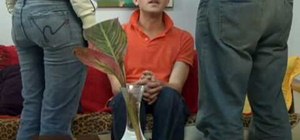




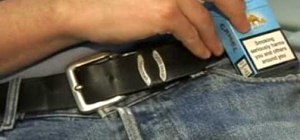




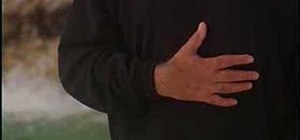




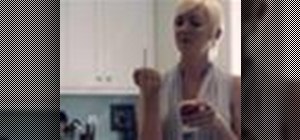
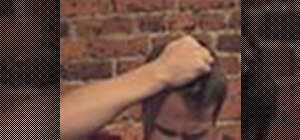

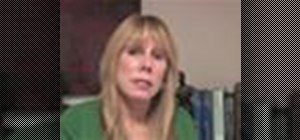
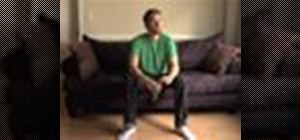


Be the First to Comment
Share Your Thoughts